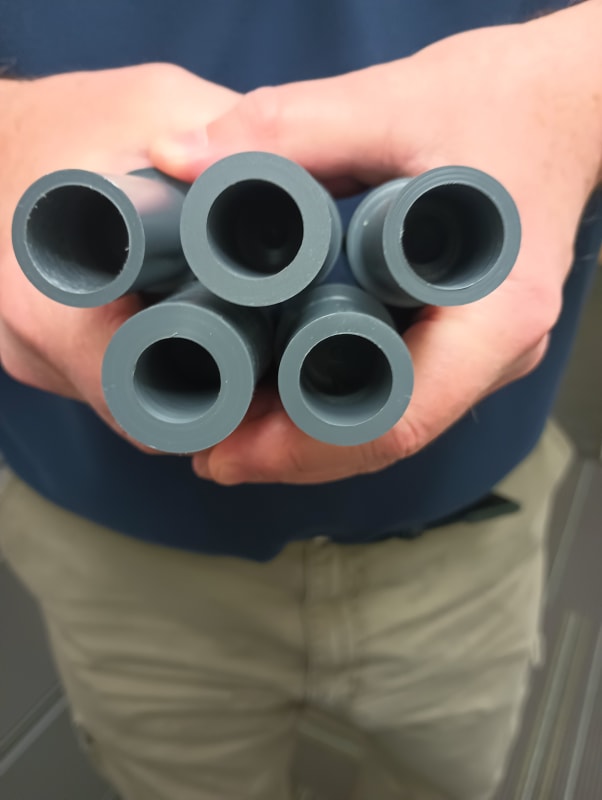MechEngineer2012
Mechanical
- Feb 8, 2017
- 41
Hello Engineers:
I am interested in acquiring the skill of operating a manual lathe and performing basic ring machining. This entails working with raw stock material, including additional material on the inner diameter (ID), outer diameter (OD), and length and machining it according to provided drawings, adhering to tolerances of +/- 0.001 inches on ID, OD and length.
The learning process would involve machining the ID, OD and length to match the specifications outlined in the drawing & cutting chamfers on the edges.
Considering your expertise, I would like to inquire whether it is feasible to cover this learning process within a single day. Will I be able to machine the ring next day If I am completely focused during training.
I can hire a machinist for a day & have him teach me. I understand the safety aspects and will definitely adhere to safety rules. The manual lathe is available. I am an Engineer who is looking to be more hand on. Thank you!
I am interested in acquiring the skill of operating a manual lathe and performing basic ring machining. This entails working with raw stock material, including additional material on the inner diameter (ID), outer diameter (OD), and length and machining it according to provided drawings, adhering to tolerances of +/- 0.001 inches on ID, OD and length.
The learning process would involve machining the ID, OD and length to match the specifications outlined in the drawing & cutting chamfers on the edges.
Considering your expertise, I would like to inquire whether it is feasible to cover this learning process within a single day. Will I be able to machine the ring next day If I am completely focused during training.
I can hire a machinist for a day & have him teach me. I understand the safety aspects and will definitely adhere to safety rules. The manual lathe is available. I am an Engineer who is looking to be more hand on. Thank you!

![[smile] [smile] [smile]](/data/assets/smilies/smile.gif) and the students learn a lot.
and the students learn a lot.